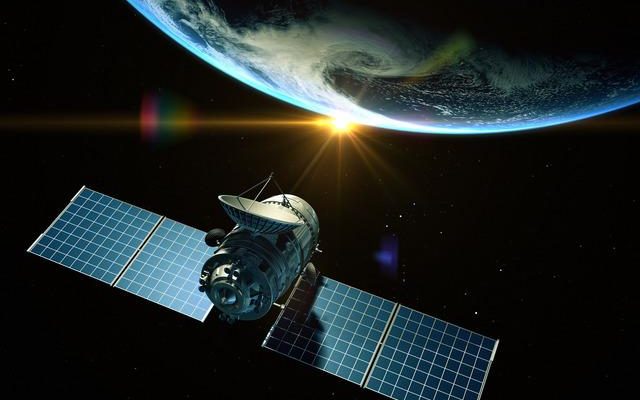A series of small satellites will be used in orbit as part of the project, which has been led by Kyoto University professor Naoki Shinohara, who has been working on space-based solar energy since 2009, Nikkei reported. These satellite systems will try to beam, or transmit, the solar energy they collect to ground-based receiver stations hundreds of kilometers away.
THEY CAN GET ENERGY EVERY HOUR OF THE DAY
The technology sounds pretty tempting because orbital solar panels represent a potentially limitless source of renewable energy.
So much so that solar panels in space can collect energy no matter what time of day it is compared to solar panels on Earth. Clouds are also said to be no problem, as they use microwaves to transmit the energy they produce.
But even if Japan successfully rolls out a series of orbital solar panels, this technology will still be much closer to science fiction than it really is.
HERE’S WHY IT WILL REALLY BE SO CLOSE TO SCIENCE FICTION…
This is because building an array capable of producing 1 gigawatt of power would currently cost approximately $7 billion with existing technologies.
